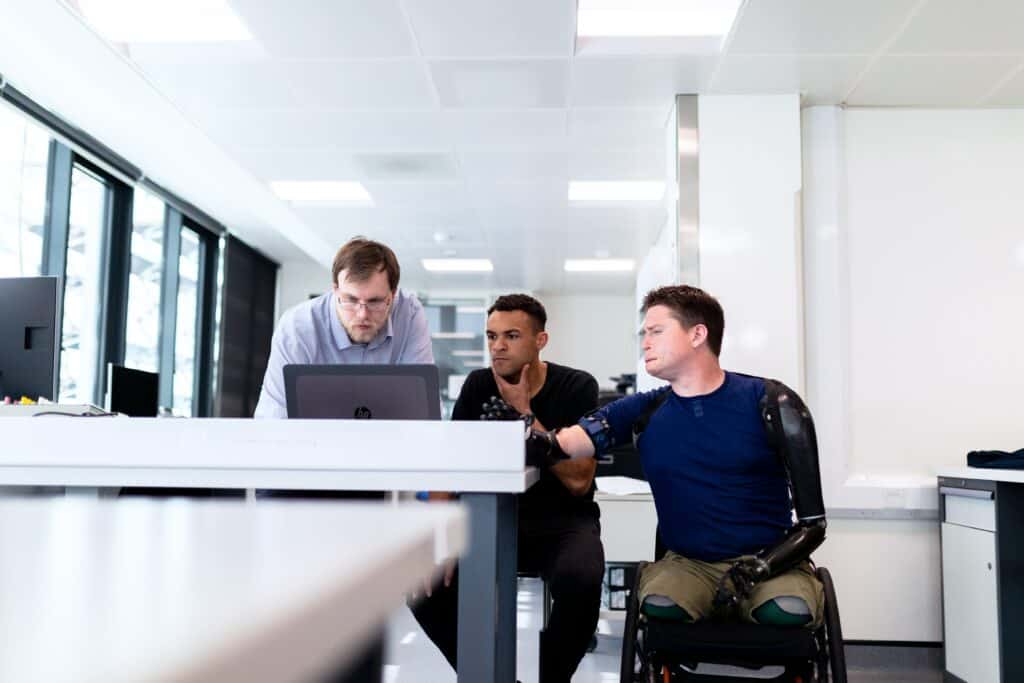What the uncertainty of the past two years has shown us is that there has been a massive reprioritization of our home and work lives, fuelling The Great Resignation. Employees are rethinking how they want to live their lives, quitting to find more rewarding jobs, taking sabbaticals, or hanging out their shingle and starting a business. Your employees will no longer tolerate bad bosses, burnout, and lack of meaning at work.
The Tables Have Turned
The big scary takeaway? Top talent doesn’t need you anymore, you need them. Many companies have waved the carrot of large sign-on bonuses, upped salaries and dished out some impressive benefits to attract and retain top talent. But it’s not enough.
Gone are the days when companies can retain the top talent just by promising promotions and compensations – it’s simply not the case in the current market anymore. The best companies go well beyond perks to create aspirational work environments.
Belonging. Engagement. Connection.
In our L&D Trends report, we noted that there will be a growing focus on the “employee experience” throughout 2022 and 2023. Helping key talent connect their drivers to their role to create a sense of belonging is key to reducing turnover and deepening employee engagement.
Recently HR Digest reported that a “high sense of belonging in the workplace increases employee performance to 56%, reduced turnover risk to 50%, and decreased sick days leave to 75%.” Here are a few ways L&D can help to increase belonging, engagement and connection.
Support Personalized Learning: Typically, HR has had a standardized, one-size-fits-all approach to learning. In the years ahead, we will see a move towards an approach where the individual needs, skills and capabilities of employees are the starting point. They also need to enable managers and business teams by upskilling and giving them a say in the direction of that learning to make it relevant and actionable to their daily work life. If you don’t educate and enable, you’re never going to move the needle on employee experience.
Create a Sense of Purpose: Best-in-class organizations purposefully connect their mission to their employees’ jobs. When your talent can find meaning in their jobs there’s a renewed sense of purpose at work. Research shows us that companies (and their leaders) that can set clear direction and expectations outperform the competition in the market. L&D should centre all learning around organizational objectives, and then cascade that throughout the company so your leaders and high-potentials (and all employees) understand their role in achieving those goals.
Build Cross-Functional Networks: One of the mindsets that many leaders need to shake is the one that puts them in the “heroic” role of having to solve all the problems. The future lies in the strength of the collective. We need to let go of the “never let them see you sweat” mantra and engage our teams by taking a more shared and collective leadership approach. This can be done by breaking down silos and supporting L&D initiatives that bring leaders together from across the company. (If you haven’t read our paper on promoting collaborative learning and leadership, you can download Learning Together here.)
The Bottom Line
By focusing on the employee experience, HR and L&D professionals can help propel a culture that emphasizes employee value and employee contribution. The knock-on effect is a stronger, more cohesive culture and closer, more committed, engaged employees – all key factors in helping companies to thrive throughout the year and beyond.
If you’re curious about how The Roundtable can help your organization build more engaged teams and leaders, let’s start a conversation. And, be sure to download our 2022 L&D Trends Report for more insights into the issues affecting L&D professionals in the year ahead.




